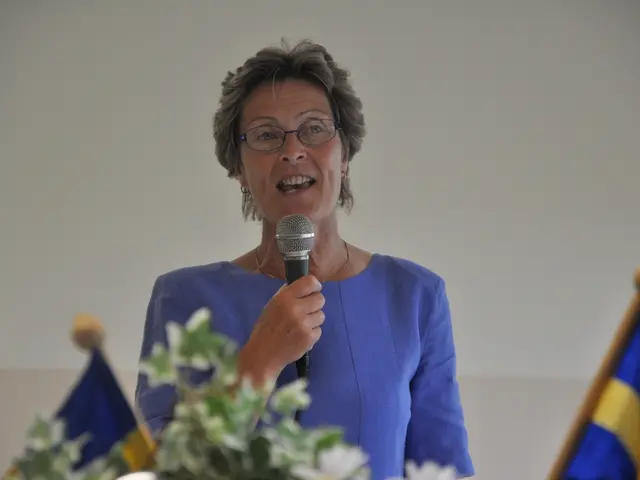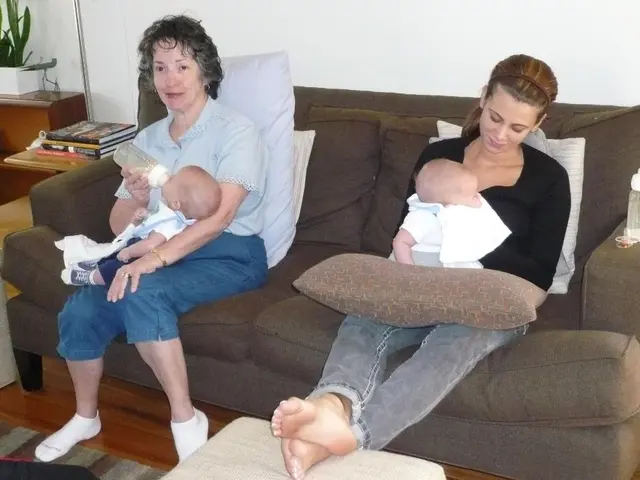Dancer György Jellinek: My Physicality - My Authenticity
György Jellinek, a Dancer on a Mission
In a powerful performance, György Jellinek contorts his body, hides, and struggles against invisibility. The stage is not a theater, but a classroom, and the intent is not for applause, but to spark conversation among students.
Jellinek, a dancer from Budapest, touring schools in Mecklenburg-Vorpommern, Brandenburg, and Schleswig-Holstein, delivers the sixth classroom dance piece by the company Perform(d)ance under the banner "MV dances on". This dance piece, titled "Who am I?", targets students from the ninth grade of varied schools.
Choreographer Stefan Hahn explains the purpose, "Children and young people seldom visit the theater anymore. That's why we take our performances to them, addressing current, socially crucial issues through dance." The challenge was to engage the young audience without overwhelming them, meeting them without prejudice, and making the message relatable.
The room, barren except for a schoolbag, a chair, and a bench, becomes the battleground for Jellinek. Trapped and helpless, he is a picture of frustration, facing accusation, and internal turmoil. The school furniture flies as he fights against insults, exclusion, and violence.
Born into a family wrestling with addiction, Jellinek's talent for dance was recognized early. At the age of 12, he was presented at a casting for the Budapest Ballet Academy. Jellinek found his purpose in dance, providing structure and a means to support his family. However, it wasn't until he fell in love with a colleague at the age of 19 that he embraced his identity. Facing societal prejudice in conservative Hungary, Jellinek chose love over fear, coming out despite the potential loss of his career, family, and friends.
The dance piece, currently touring, has been met with positive responses. With nearly 400 performances scheduled, it highlights the struggles of self-identity, societal acceptance, and the search for love and human freedom. The performance concludes with Jellinek holding a rose, symbolizing love and human connection, before scattering its petals into the space.
In terms of the social impact, dance pieces such as "Who am I?" serve as a reflection of societal issues and personal struggles, fostering dialogue and community engagement around complex themes. They provide a platform for discussing identity, self-discovery, and the search for meaning and purpose through movement and expression.
In the heart of György Jellinek's dance pieces, one can find elements of lifestyle, fashion-and-beauty, as he uses movement and expression to embody the challenges faced in self-identity and the search for love. His performances, such as "Who am I?", also address education-and-self-development, encouraging students to engage in deep conversations about socially crucial issues and personal-growth.








